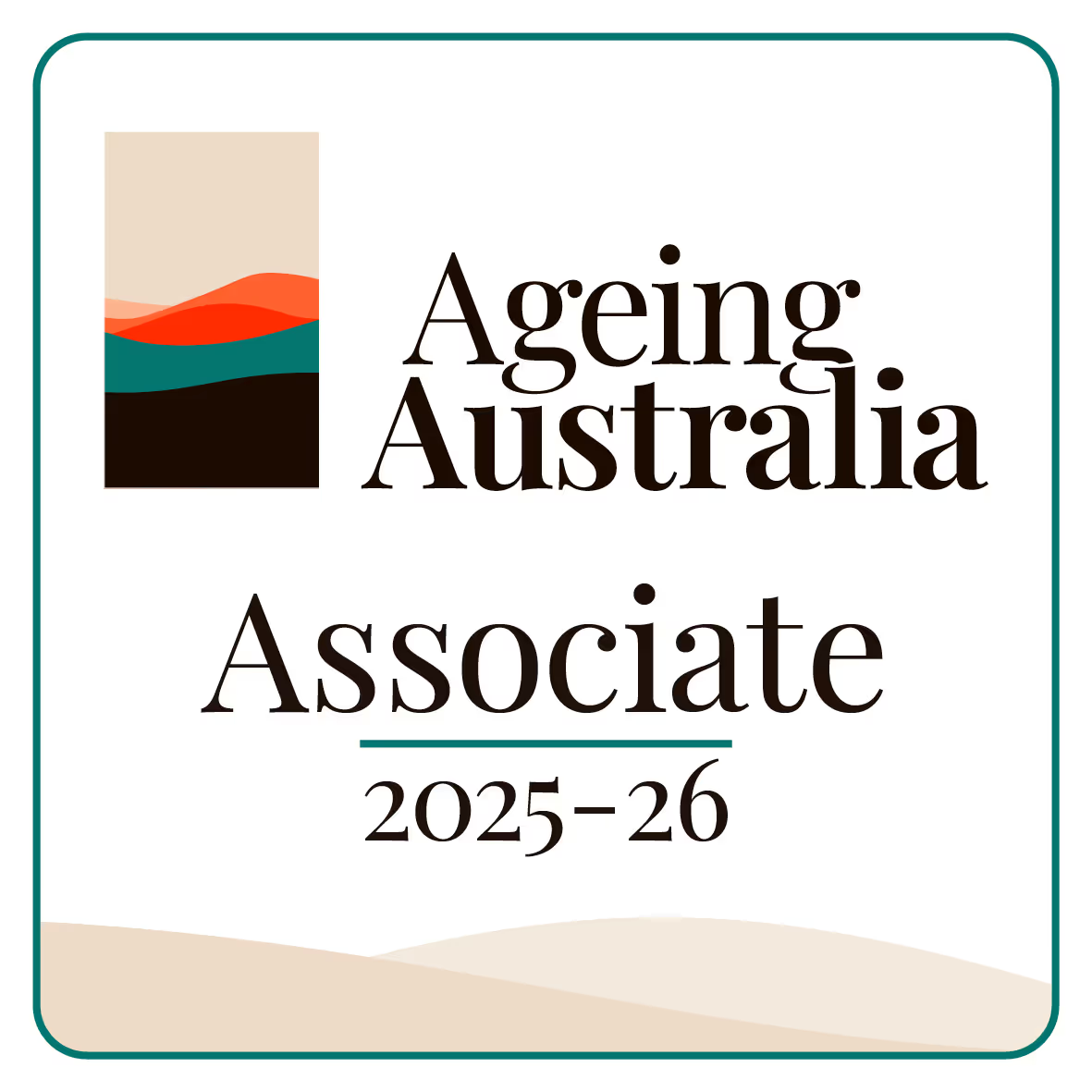In the modern aged care sector, technology is no longer optional-it is fundamental to enhancing quality, safety, and operational efficiency. However, simply buying the latest software or gadget will not guarantee success. To maximize return on investment and ensure staff and consumers benefit, aged care providers must prioritize a meticulous Technology Needs Assessment.
This groundwork ensures that any solution is truly fit for purpose and delivers the anticipated benefits within a resource-constrained environment.
For a comprehensive guide on this process, providers can utilize resources such as the ARIIA Knowledge & Implementation Hub theme on Technology Needs Assessment: https://www.ariia.org.au/knowledge-implementation-hub/technology-in-aged-care/testing-frameworks-evidence-themes/technology-needs-assessment.

1. Defining the Problem, Not Just the Purchase
Technology purchases should not happen for technology’s sake. The search for a solution must be driven by the recognition of a clear problem, which may not always require a technological fix.
Analyzing the Core Issues
A comprehensive needs assessment includes an examination of the nature of the problem, its relative importance, and how it affects individuals. A project team representing all affected groups should work to seek agreement on these core elements:
- The Nature of the Problem: This might include difficulties meeting new mandatory care time standards, staff burnout, or resource inadequacy.
- The Impact: The problem could lead to risks such as reputational damage, staff stress, sanctions, or failure to provide adequate direct care time.
- The Cause: Causes may stem from high staff turnover, inadequate staffing levels, or duplication of effort when staff access or input resident data across siloed systems.
By thoroughly analyzing the cause, the assessment might reveal that adjusting inefficient internal policies or processes can resolve the issue without imposing major costs. If technology is the answer, the project team must map specific technology features (e.g., data entry at the point of care) against the specific problems they are intended to address.
2. Investigating Technology Options and Evidence of Benefits
Once the 'why' is established, providers must thoroughly investigate technology options.
Buy, Customize, or Develop?
Providers generally prefer adopting existing technologies applicable to their needs. Options include:
- Commercial ‘Off-the-shelf’ Products: These may be less expensive and more likely to conform to common data standards, increasing their interoperability.
- Custom-designed Products: These may be better accepted by end-users as they reflect real-world practices, but they are costly to create and increase reliance on the vendor for maintenance and adjustments.
Evaluating Product Claims
Crucially, product claims made by vendors must be backed by evidence. Relying on claims without evidence from testing risks the costs of the technology purchase outweighing the benefits. Providers should look for evidence of technical feasibility, effectiveness, and user acceptance/satisfaction.
When considering vendors, essential questions include:
- Does the business have expertise in the aged care sector?
- What is their reputation for providing ongoing support?
- Will the vendor allow the client to pilot test the product with end-users before a full purchase?
Costs must be carefully estimated, recognizing that technology costs are easily underestimated. Beyond the initial outlay, providers must factor in requirements for new infrastructure (like Wi-Fi), licensing fees, support and maintenance, and the indirect cost of staff training time.
3. Understanding the Context: People and Organization
The success of new technology implementation is more likely if the organization works towards aligning the product’s design with the needs, values, and goals of the organization and its people.
Prioritizing Stakeholder Needs
Stakeholders-including people receiving care, staff, decision-makers, and families-must be identified and consulted to understand their values, priorities, and preferences. Stakeholder input can inform purchase decisions and anticipate implementation problems.
Consultations should determine:
- What are the end-users’ priorities? (This creates a ‘wish list’ to map against features).
- What values must the technology align with? Staff may value technologies that slot easily into existing routines, while residents may value products that facilitate contact with loved ones.
- What might cause people to reject the solution (e.g., concerns about safety, privacy, or lack of confidence in their ability to use it)?.
A critical element is assessing the digital literacy skills of staff and care recipients. Simple products like iPads have been rejected when visual impairments or difficulties using touchscreens due to conditions like arthritic fingers were not considered.
Assessing Organizational Readiness
The organization itself must be ready to adopt and sustain change. An assessment of the organization’s digital readiness is necessary, as many providers are reported to lack a digital strategic plan or digital literacy criteria in recruiting new staff.

4. Leveraging Technology for Compliance and Efficiency
Technology implementation often aims to meet critical regulatory requirements. New sector reforms in Australia emphasize quality and safety, requiring providers to enhance their systems.
Advanced solutions, often AI-powered, are transforming how providers meet stringent compliance standards. Platforms like Governa.ai offer:
- Streamlined Policy Management: AI-driven mapping allows for policy alignment with quality standards.
- Risk Management: Proactive risk management and automated hazard management ensure workplace safety and enhanced elder well-being.
- Natural Language Query Engine: Allowing staff to query data and policies in plain English.
These systems are often supported by a modular AI infrastructure built on vendor-neutral, cloud-based architecture, which supports scalable integrations and data privacy under Australian standards.
These tools leverage cutting-edge AI to ensure every piece of evidence is accurately categorized, saving time and reducing errors, while features like real-time insights and actionable dashboards highlight gaps and opportunities for continuous improvement.
Crucially, platforms manage sensitive and confidential data securely using role-based access control and advanced encryption, ensuring compliance with healthcare regulations.
Conclusion
The successful implementation of aged care technology begins long before the purchase is made. By conducting a systematic needs assessment, defining the problem, diligently investigating options, and understanding the unique needs of all stakeholders, aged care organizations can develop a strong business case that argues why the technology is needed, what the costs are, and what the anticipated benefits will be.










